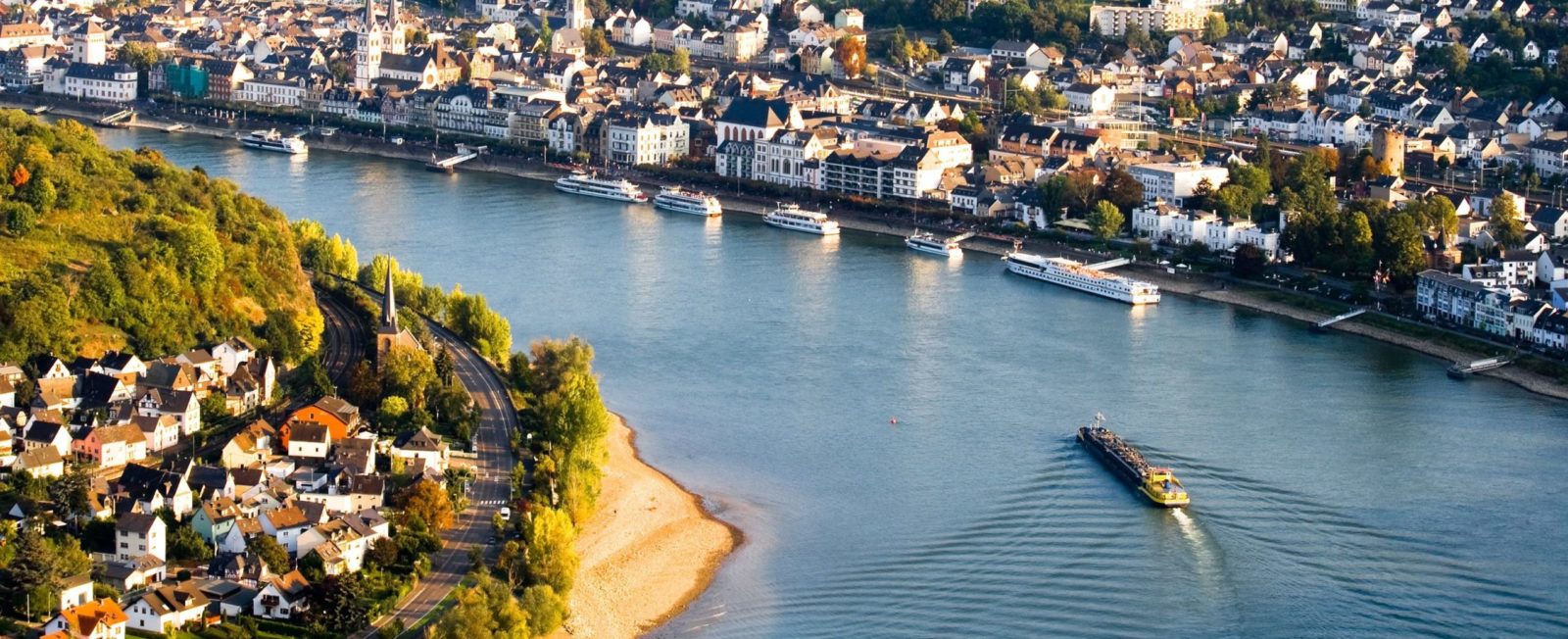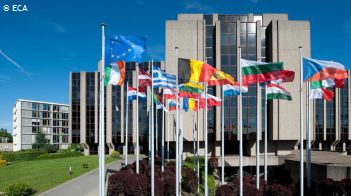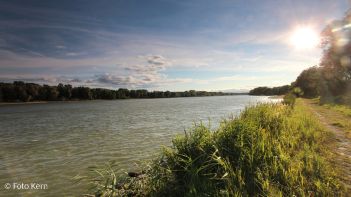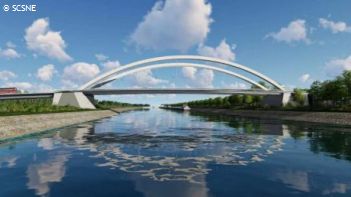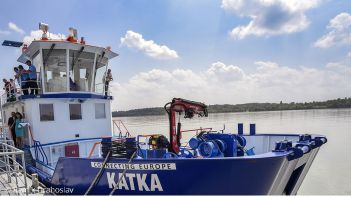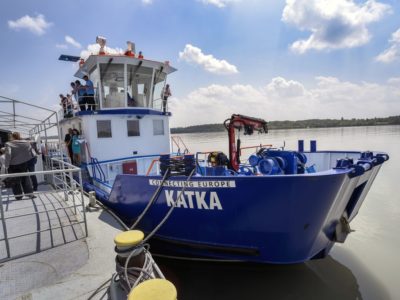Waterway infrastructure
Fit-for-future infrastructure
Without reliable waterway infrastructure, there is no future for transport over water. Waterway authorities work towards optimising the waterway network across borders into a seamless, safe and sustainable link in an all-in-one multimodal network, so customers can choose an optimal mobility and logistics mix. The focus goes beyond waterways and requires good connections to other modes for physical, digital and green energy infrastructure. But it doesn’t stop there. Waterway authorities provide space to entrepreneurship and jobs on and along the water.
Waterways play an important role for water management, natural habitats, energy generation, water supply and recreation. Working towards fit-for-future infrastructure requires integrated management of our waterways with strong links to EU policies for biodiversity, climate change adaptation, industrial and circular economy, energy and digitalisation. Cross-sectoral waterway investment achieving co-benefits demands more flexibility of EU programmes. The advantage is that we contribute to multiple goals of the EU Green Deal and increase the EU added value, providing a better return on investment for our economy, environment and society.
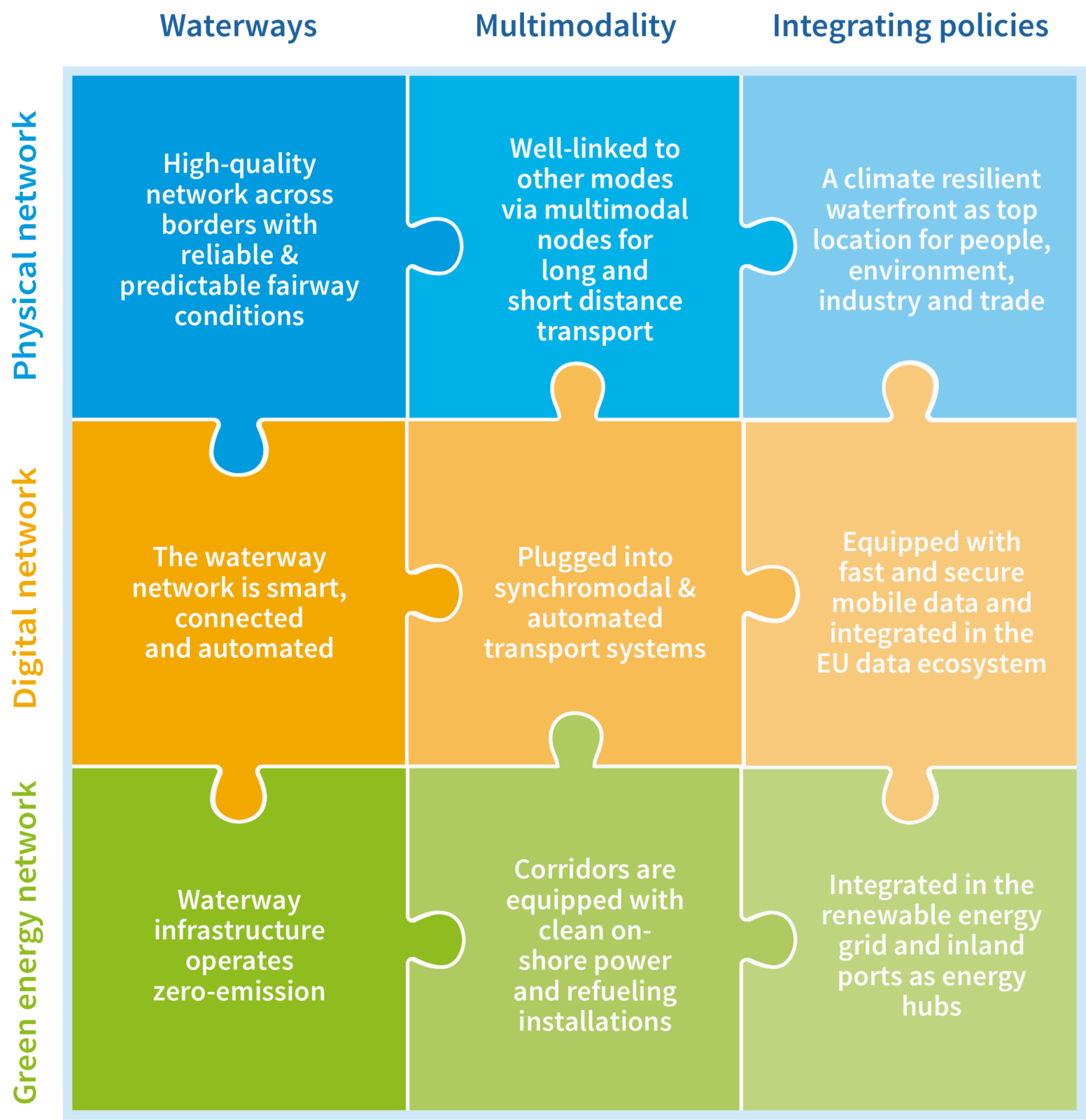
Quality, performance and resilience for more reliability
It is waterway authorities’ aim to improve capacity where necessary, but above all quality, performance and resilience, to guarantee reliability and predictability of the network. Quality requires a life cycle approach to avoid disruptions, extend the life of existing infrastructure by renovation and innovation and reduce the need for radical and expensive interventions. Digital support tools and automation are increasingly important to inform users and optimize the management of the network.
The aim is to create a flexible network of physical, digital and renewable energy refueling infrastructure of high quality.
What are trans-European networks (TENs) and why are they important?
- They aim at developing EU cross-border networks in the areas of transport, telecommunications and energy, to support the EU internal market, reinforce economic and social cohesion, and ultimately connect Europe.
- The EU policy for trans-European for transport (TEN-T) aims at removing infrastructure bottlenecks by supporting investments in building new transport infrastructure or rehabilitating and upgrading the current one, including waterways, with 9 corridors as backbone.
- The EU adopts a new TEN-T regulation to integrate the objectives of the European Green Deal.

A new TEN-T regulation
A new TEN-T regulation will be adopted in May 2024 to align the development of the TEN-T network to the European Green Deal objectives. For inland waterways, it takes better account of the needs of waterway authorities to help create a reliable and resilient network, by focusing on infrastructure instead of vessel parameters. The regulation also takes account of the hydro-morphology of rivers and introduces a life cycle approach to avoid a lack of maintenance leading to new bottlenecks. Important elements are:
- The deadline of 31 December 2030 to achieve the core network for inland waterways;
- A definition of good navigation status containing minimum infrastructure and service requirements;
- An obligation for Member States to prevent the deterioration of the minimum requirements and to prevent the deterioration of the current status of those parts of the network that already exceed those minimum requirements.
Through the use of implementing acts per corridors, INE hopes that the new TEN-T regulation will reinforce the governance and monitoring instruments to guarantee on-time network completion, and exploit synergies between infrastructure planning and transport operations. This includes binding work plans to help lift further obstacles for implementation and financing.

Milestones for the completion of the TEN-T network
- By 2030 – completion of the core TEN-T network at existing TEN-T standards
- By 2040 – completion of the extended core network according to the new standards to accelerate network completion in view of reaching the EU climate ambitions by 2050.
- By 2050 – completion of the entire Trans-European Transport Network, including the comprehensive network.

